Our projects in
space technology
We dreamed of encountering space via developing and launching our own satellite into orbit, and we succeeded. Here you can see ours projects to space technology.
We dreamed of encountering space via developing and launching our own satellite into orbit, and we succeeded. Here you can see ours projects to space technology.
We started work in 2012 with the dream of launching our own satellite into space. We were just yesterday's university graduates who had to learn how to independently implement complex technical projects.
The specifics of that time required us to work in different subjects, which is now our advantage when implementing non-standard projects.
PS:
in 2017, our own microsatellite was launched into space :)
This work required to design a device for launching small space vehicles that were delivered to the ISS. Preparations for the launch itself implied participation of astronauts in order to set up the launcher and place a satellite on it. The terms of a task order urged us to use mechanical versions of the ejector and tuning mechanism without motors, and we developed such a device.
This device features mechanical adjustment of the ejector's power with help of two handles. By reeling one of them from side to side, an increase / decrease in force occurs. This scheme was developed specifically for the convenience of the cosmonaut in a spacesuit, who operates under excessive pressure.
Flexible brake-aeroshell have a variety of applications besides landing on Mars. We were developing a small lander to put cargo from the orbit down to the Earth. Such a system can bring back different laboratory samples and new materials created on board of the ISS.
But its most interesting application is that this system can replace large spacecrafts used for conducting biological laboratory research. Its small size will allow you to launch scientific missions several times a year, and not wait for the entire volume of a large spacecraft to load.
In order to manufacture the prototype of the device ( aka functional engineering model ), we organized the body components' production. We combined a rigid frontal shield and a high-pressure tank body into a single structure. This solution made it possible to reduce the volume and mass used due to the fact that during the descent the tank received heat from the incoming air flow and the pressure in the tank increased.
The design of the device turned out to be compact, the form factor is similar to an average small satellite and has a similar fasteners for launching as a secondary payload.
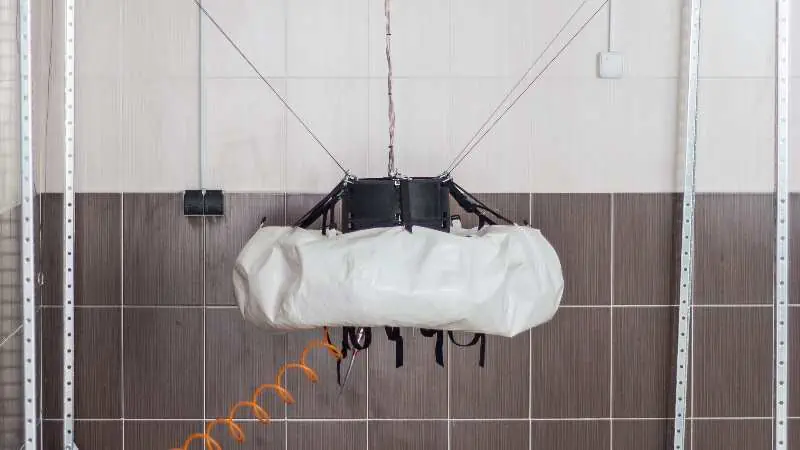
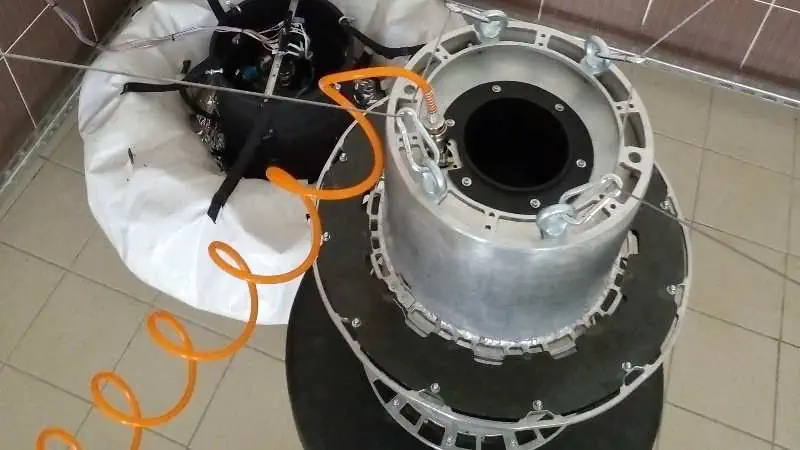
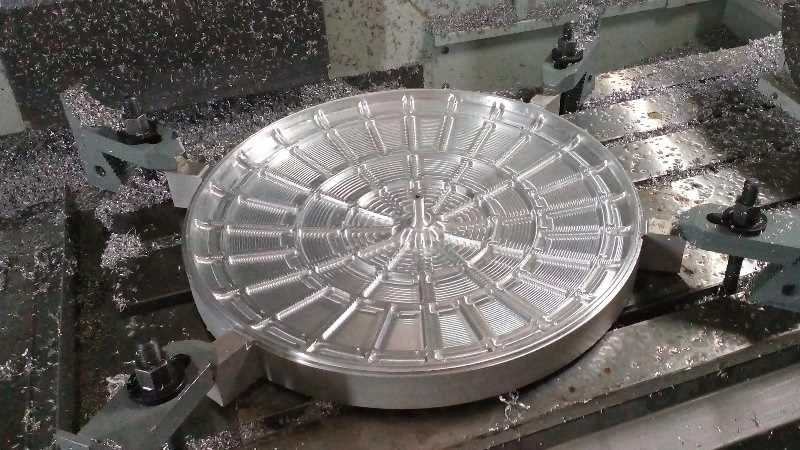
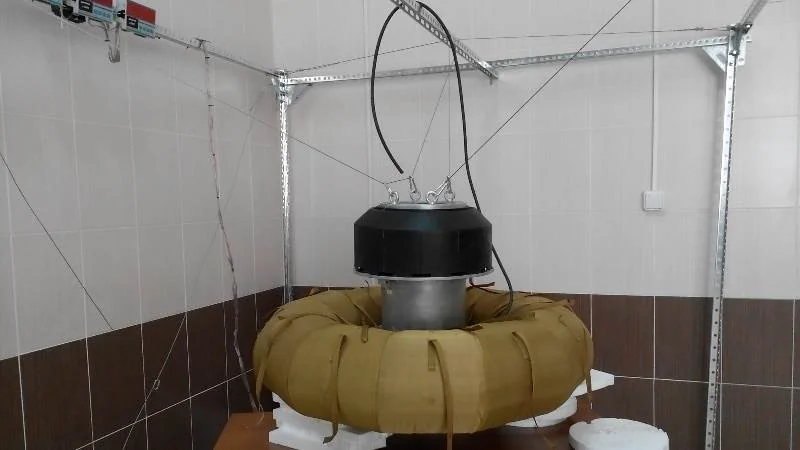
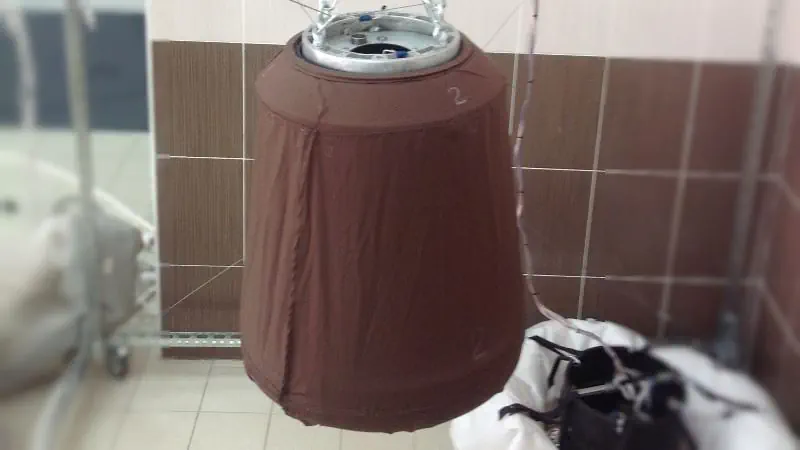
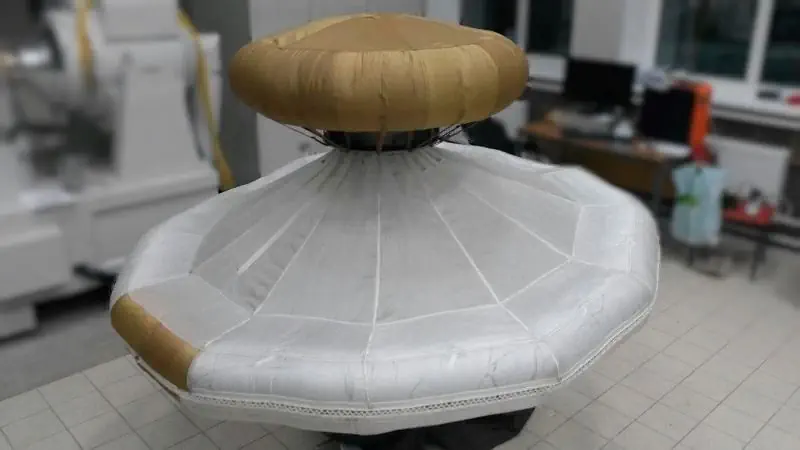
Combinations of an external magnetic field generator and special supporting systems (e. g. an air bearing) are used for physical tests of orientation and stabilization spacecraft systems. Such tests allow you to check the correctness of the mathematical simulation results as well as the actual settings of the device.
Our magnetic field generator is optimized for small satelites which are up to 80 cm in size and allows you to set the direction and force of the magnetic field (including zeroing the external field influence).
The main unique element of the test bench is our supporting sustem for the satellite, which does not contain air bearing, but consists of a long cord (2 floors-long), a rotation drive and a computer vision system that provides continuous zeroing of the torque generated in the cord from the rotation of the satellite. This system allows you to maintain the satellite rotation parameters for several hours, while the satellite itself is in a fully assembled state, and most importantly, the entire system and the satellite with its engines can operate (be tested) inside the vacuum chamber.
The test complex also has several independent systems for moving external equipment around the satellite. These systems allow you to check the operation of Sun orientation algorithms, search for objects and constellations, and try out antenna pointing.
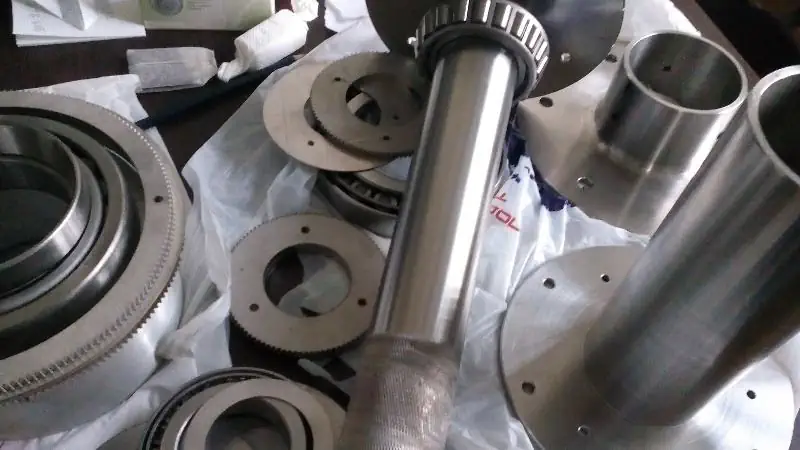
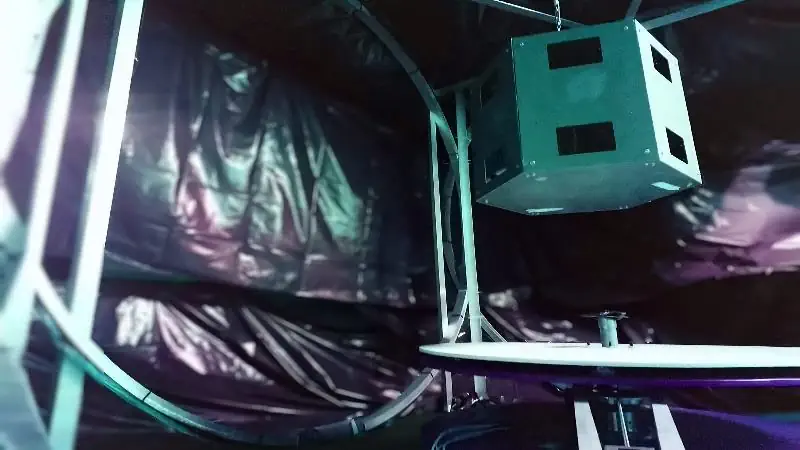
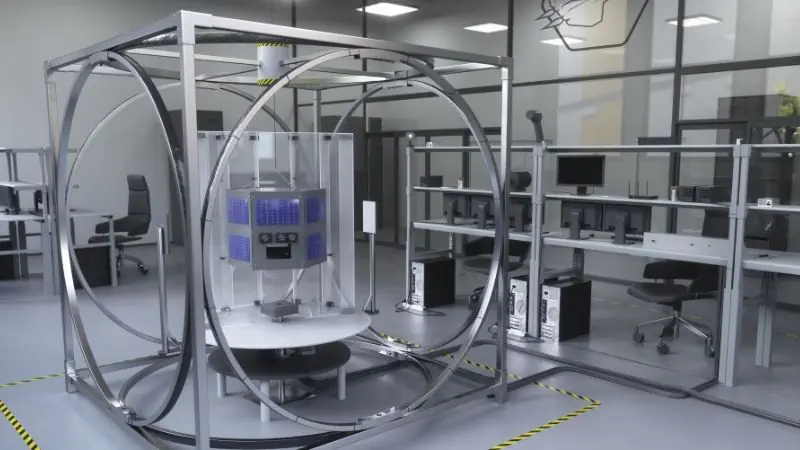
Magnetic coils are massively used in satellite stabilization systems. We have developed a new compact magnetic coil and analyzed the life cycle of such a product in make-to-order production conditions. According to a survey of manufacturers of classic magnetic coils, sometimes there are problems there are problems with the connection procedure of coil windings and the correctness of their logging in software, since the coil itself, the orientation system, and the small spacecraft are produced in single copies in various companies. It is difficult and expensive to create a unified system for testing and transfer it between the companies (especially for low-rate production of small satellites).
To solve this problem and improve fail-safe feature we have integrated a small electronic unit inside our coil, which allows us to check the coil itself and verify whether the installation and connection of the complex of several coils are correct. The system functions via the standard data bus of the satellite's on-board computer.
Along with the cable line this solution adds up approximately 50 grams to the mass of the satellite, while considerably simplifying the assembly and testing process. It remains possible to quickly perform diagnostics of each coil (if fault location is necessary) while the satellite is in use.
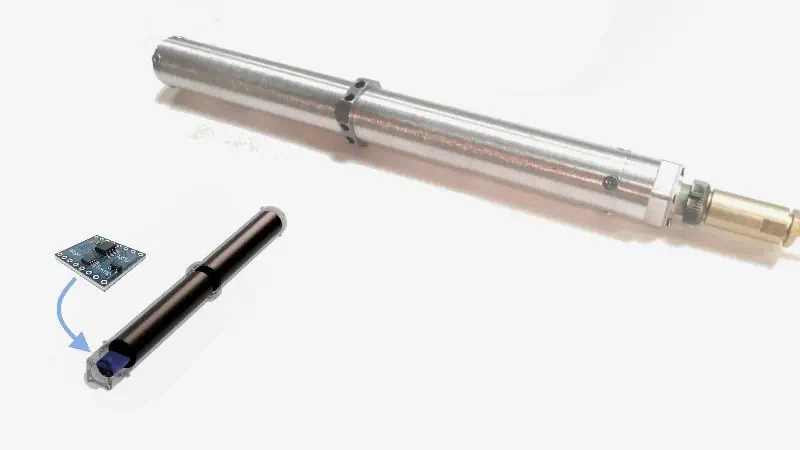
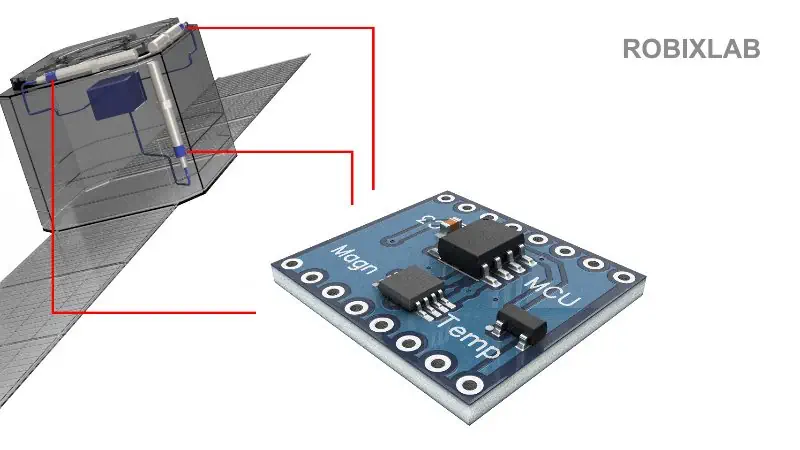
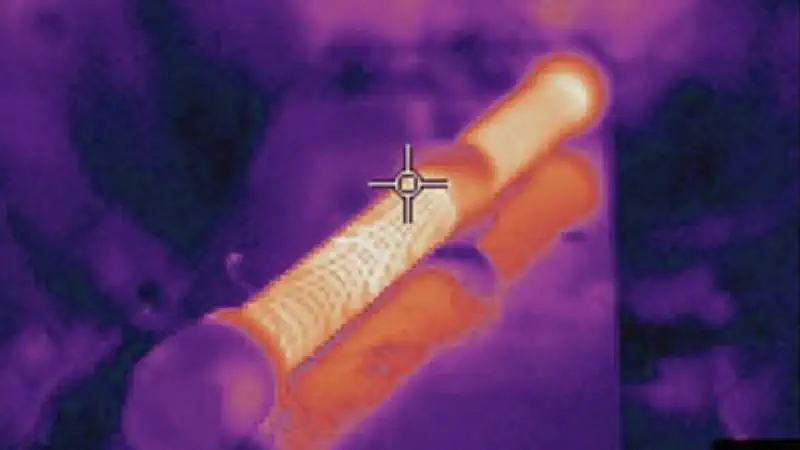
Our activity in 2012 kicked off with a dream of launching our own satellite into space. An important condition was that we wanted to make the satellite completely on our own, which was nothing less than developing design, electronics, production technology, software. We aimed to independently organize the parts production and structure assembly, conduct tests, - getting by without buying off-the-shelf modules, as many do.
Such major work required experience in complex projects, as well as design and manufacturing experience. It took us three years to complete simple and challenging projects galore, we were improving, and in 2016 we began to work on our satellite. 1 year was spent to design and manufacture several body, make several variants of onboard equipment and create software. The satellite was a technical platform with onboard systems, design in order to install scientific gear of other teams later.
We placed additional sensors to monitor the state of our platform for the first flight instead of stuffing it with scientific gear . The main task was to check integrated efficiency of the design, electronic, and software.
Our dream came true in 2017, viz our satellite was delivered to space :)
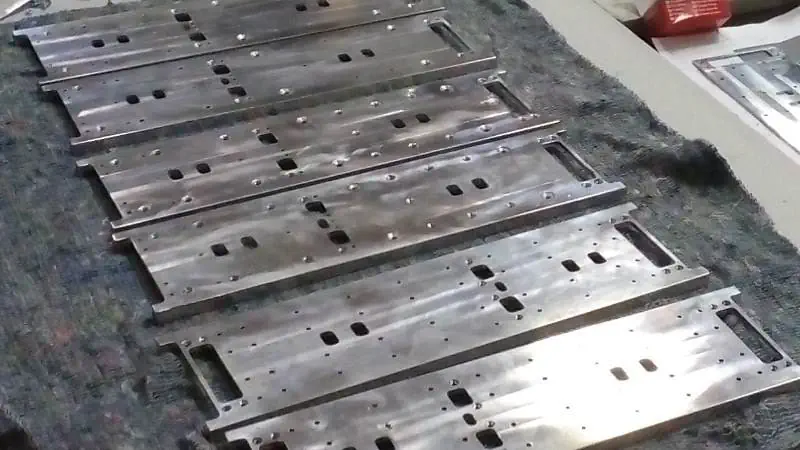
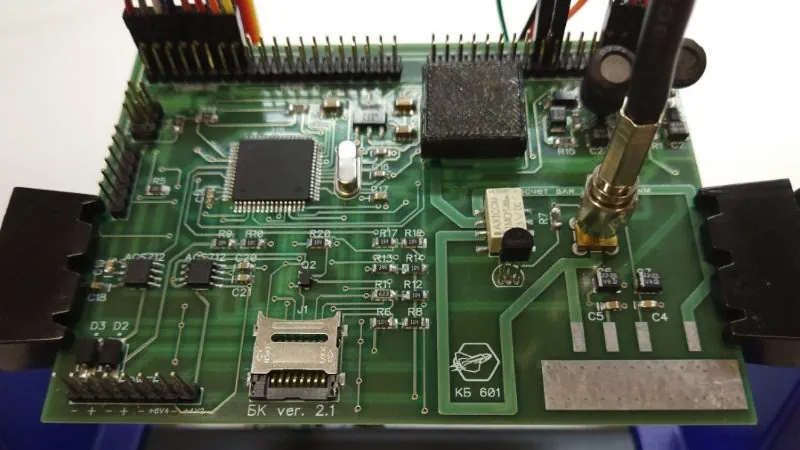
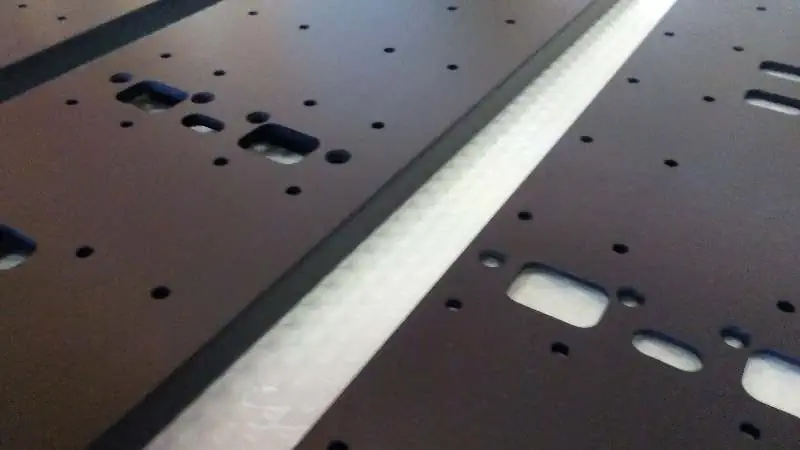
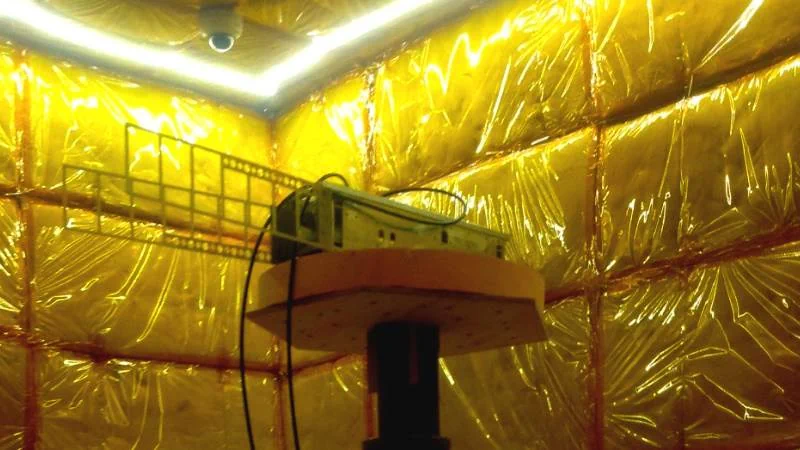
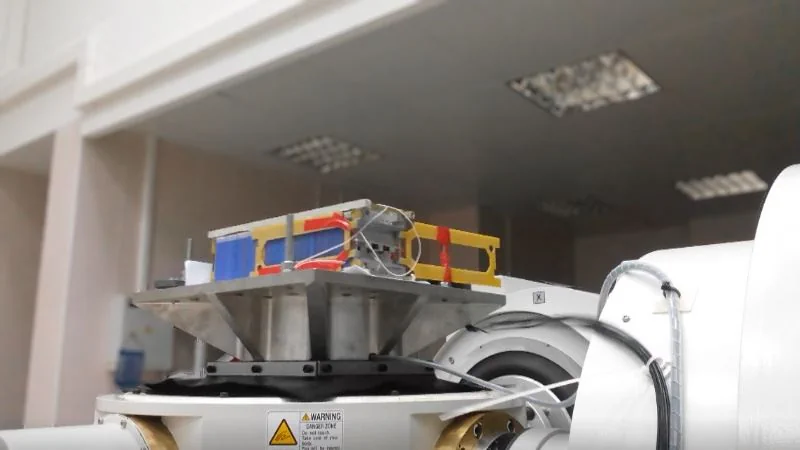
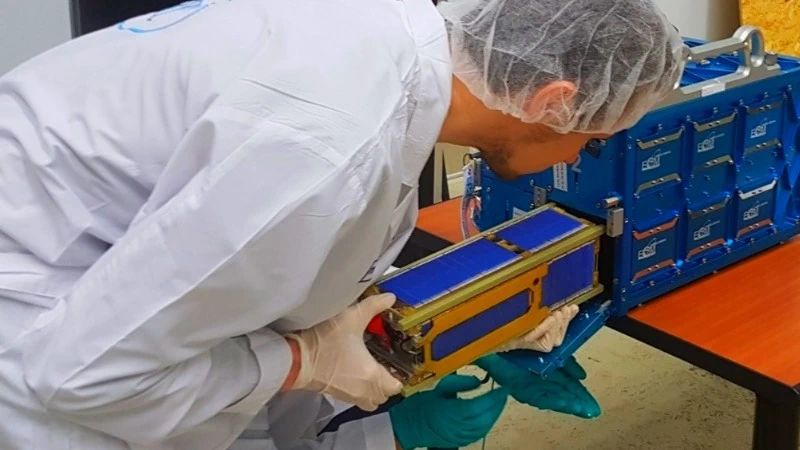
When preparing astronauts for a space flight, a rotating chair of Coriolis accelerations is actively used. This time-honoured simulator allows you to assess the capabilities of the candidate's vestibular apparatus, and, if necessary, train it. We decided to create a modern version of it.
Such a complex does not replace a full-fledged centrifuge for astronauts, but significantly expands training capabilities in comparison with classical methods. For this, a combination of physical and non-physical activities is used. Due to its moderate size and interchangeability of scenarios the simulator will be relevant for the training of both astronauts, and pilots of aircraft, race drivers, rescuers, parachutists, athletes, etc.
We decided to expand the functionality of the classical simulator.
First, we added interactive screens on which the visual component of the task that requires decision-making is broadcast, while perpective decision-maker is rotating . This allows you to both assess, whether the candidate can stand the rotation mode, and to understand how efficient he/she is going to be in such conditions, as well as how effectively he/she will call the shots in terms of controlling the spacecraft, the situation being what it is.
Secondly, we added a controlled mechanization of the chair's shift and tilt during rotation. This function allows you to create an artificial G-force and inertial forces in a way a centrifuge does, although to a lesser extent. The results of such comprehensive collaborative tests provide researchers with more thorough data pertaining to the possibilities of a particular candidate.
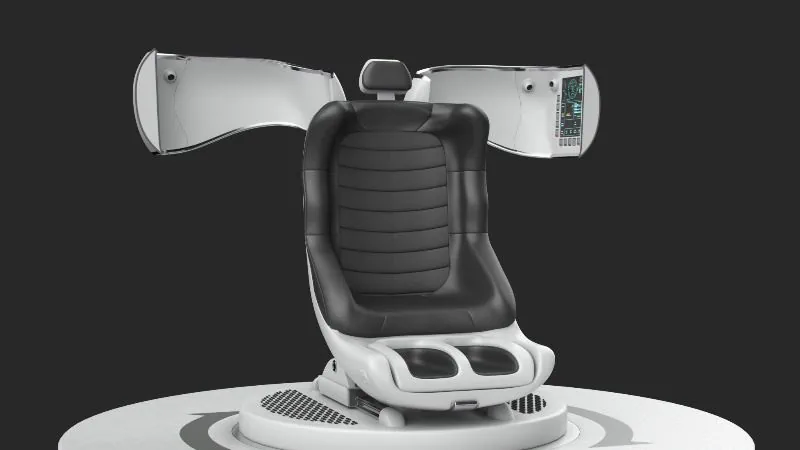
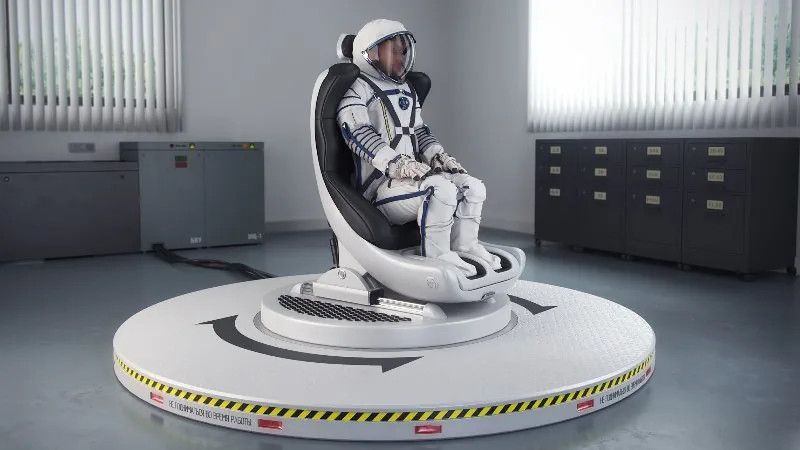
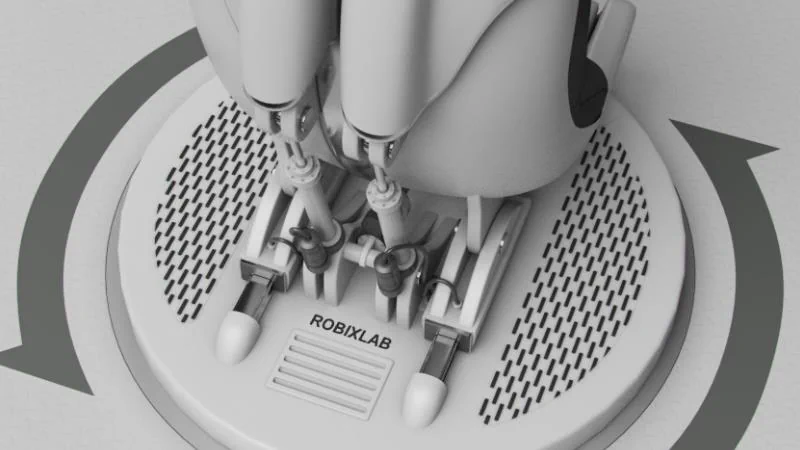
The most likely scenario for the development of modern habitable space stations is a communal work of humans and robots. At the same time, robots must have the ability to be remotely controlled and have their own algorithms and navigation tools for moving along basic routes.
We developed a concept of a universal robotic assistant that would perform the tasks of transporting small parcels inside and outside the station. In order to do this the robot is provided with a special compressed air accumulator system, which ensures its safe use both outside and inside the station, while the body frame is designed to minimize the risk of fragile objects' damage in a possible accidental collision. The robot performs the function of grabbing an object and moving it along a given route to a specific crew member.
Analyzing new solutions, we headed for an idea to modernize drones (new flat variant body) for tasks an assistant in assembly and laboratory operations. These two types have a overall base.
The navigation of the robot is carried out exclusively on the basis of computer vision, in order not to fill the air with additional radio communication channels, as well as not to affect the crew of the station with ultrasonic navigation emitters. As a result of R&D, we came up with a floating test bench, where the navigation and stabilisation systems for the robot in space, based on computer vision, were tested.
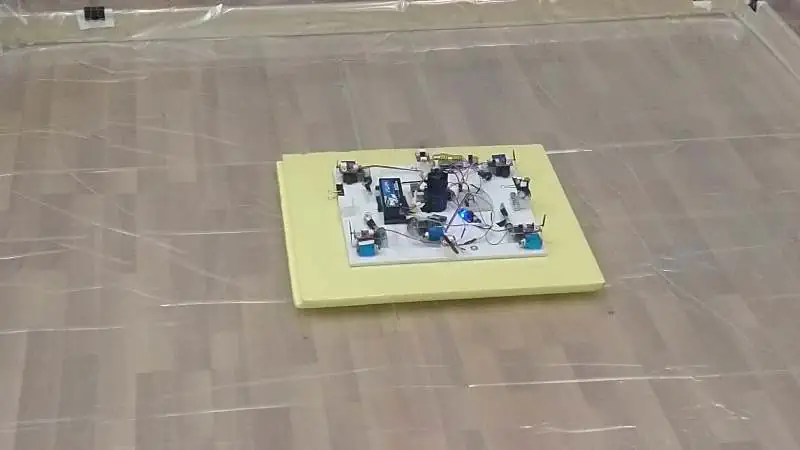
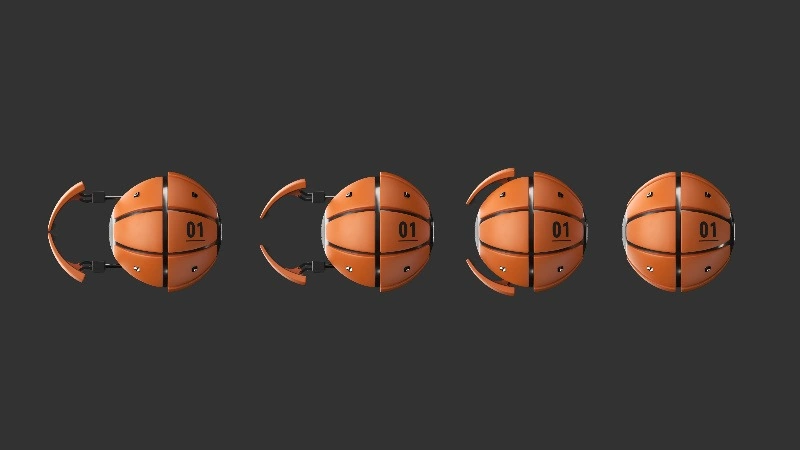
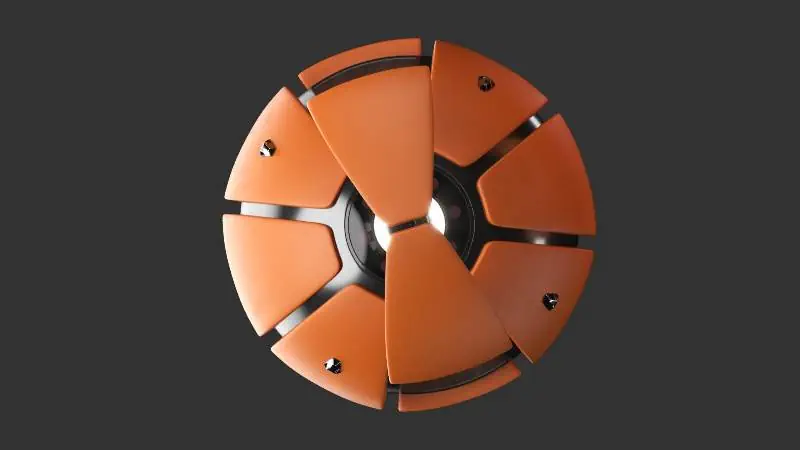
This is our own non-profit project, which implies we are working on it independently, using it as a tool to prepare students and new team members as well. We organize small training courses for students, where they try to solve technical problems under our guidance and at the nexus of several fields: mechanical engineering, electronic control, industrial design, and technological optimization of production.
The foundation of the project is a scientific and experimental approach. E. g. , in order to check theoretical concepts and algorithms, we create and refine a test bed's design for experiments with motion on a lunar soil simulator.
If you are a startup or a technical company, you can address us to develop a certain solution or order a search of opportunities for Your product's expansion / optimization / automation within a given thematic area.
If you are an investor, we can find and offer a perspective idea for launching a joint venture startup in the theme/realm of interest you have chosen.